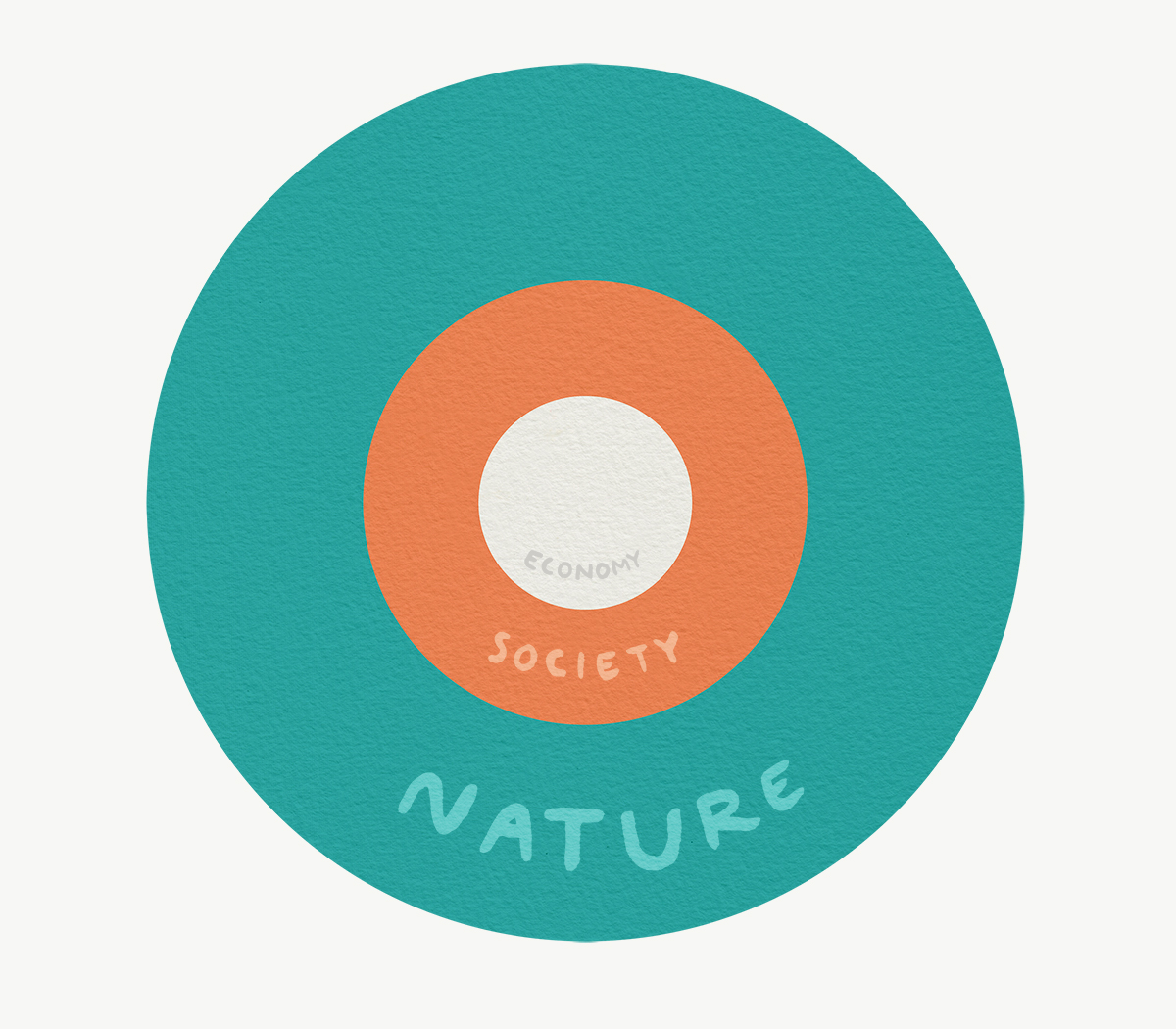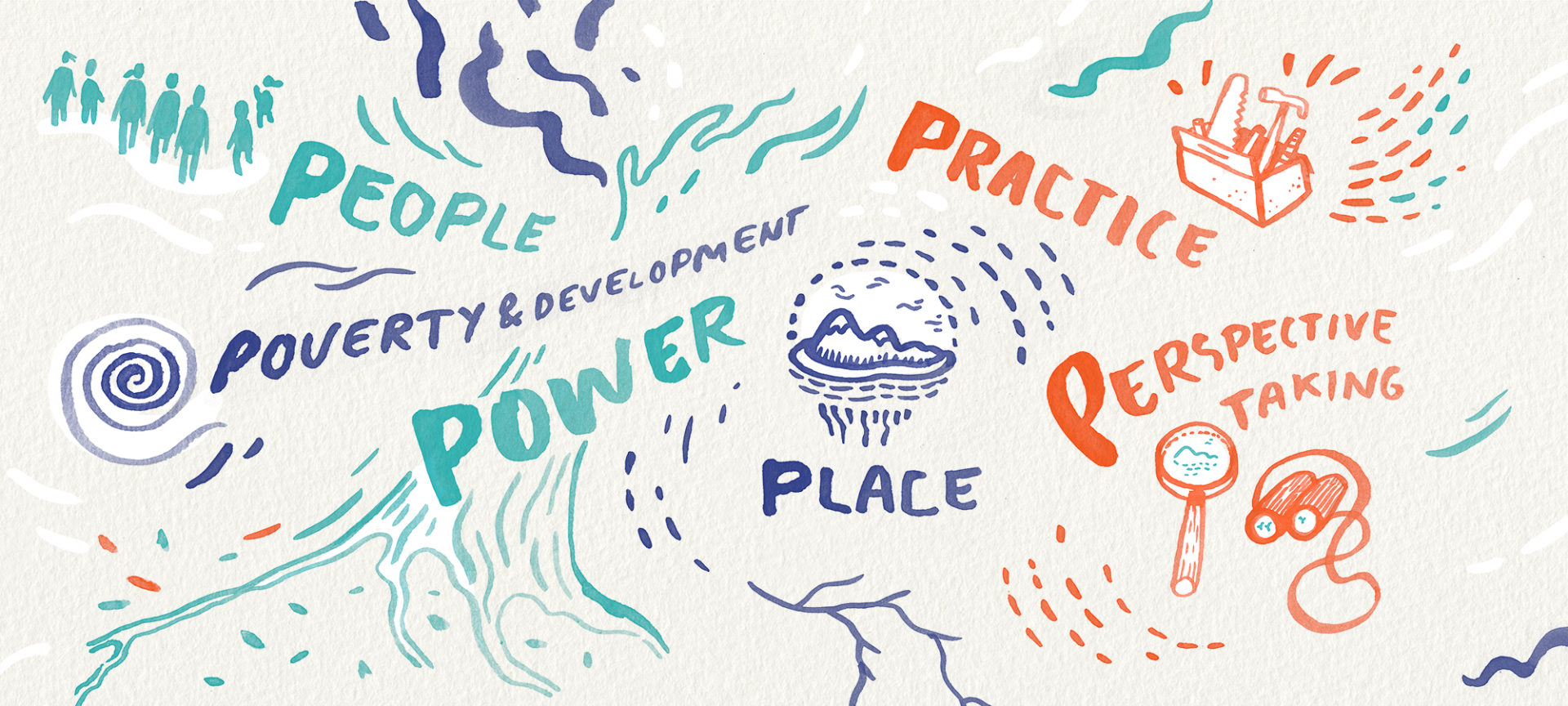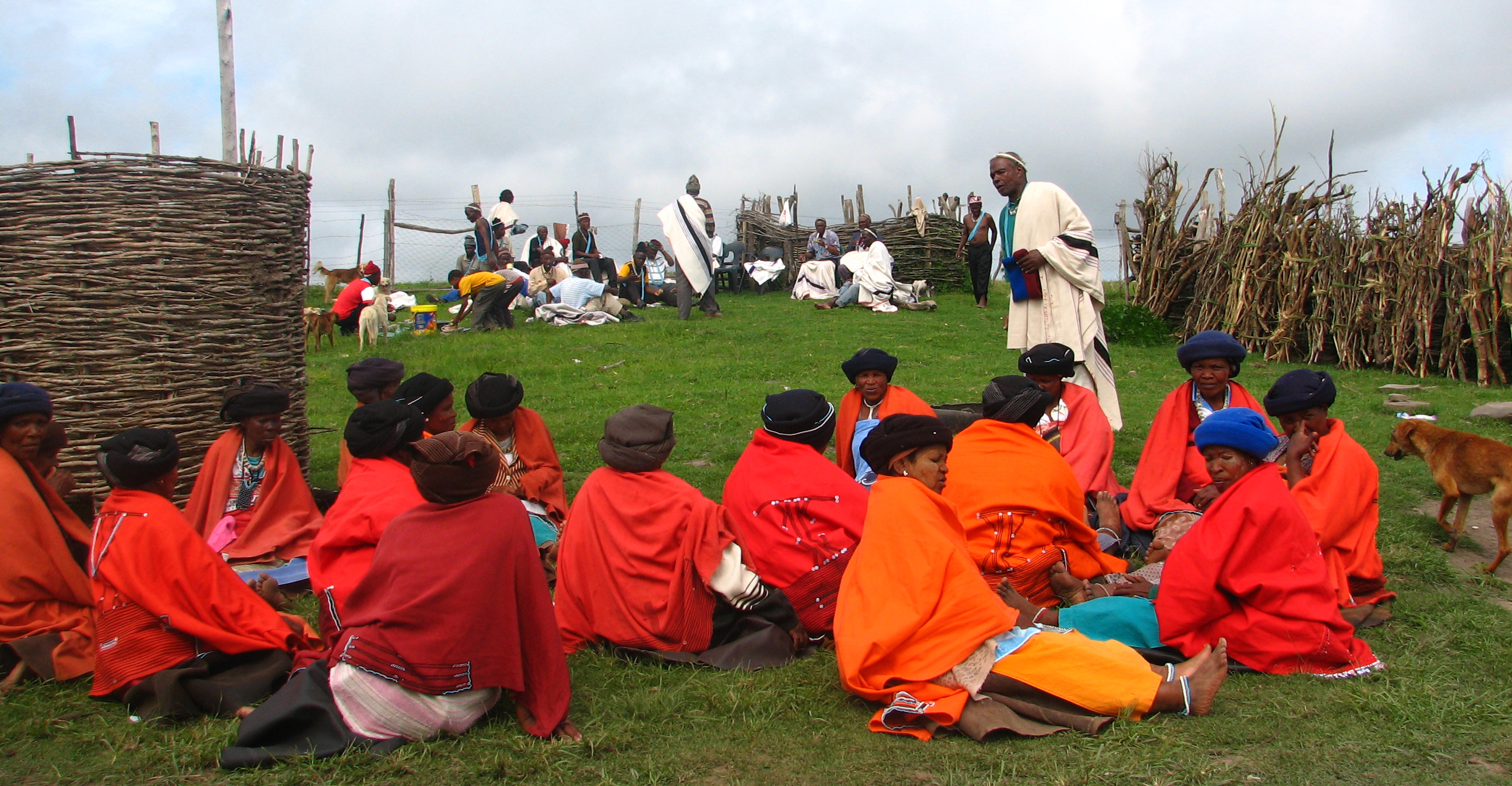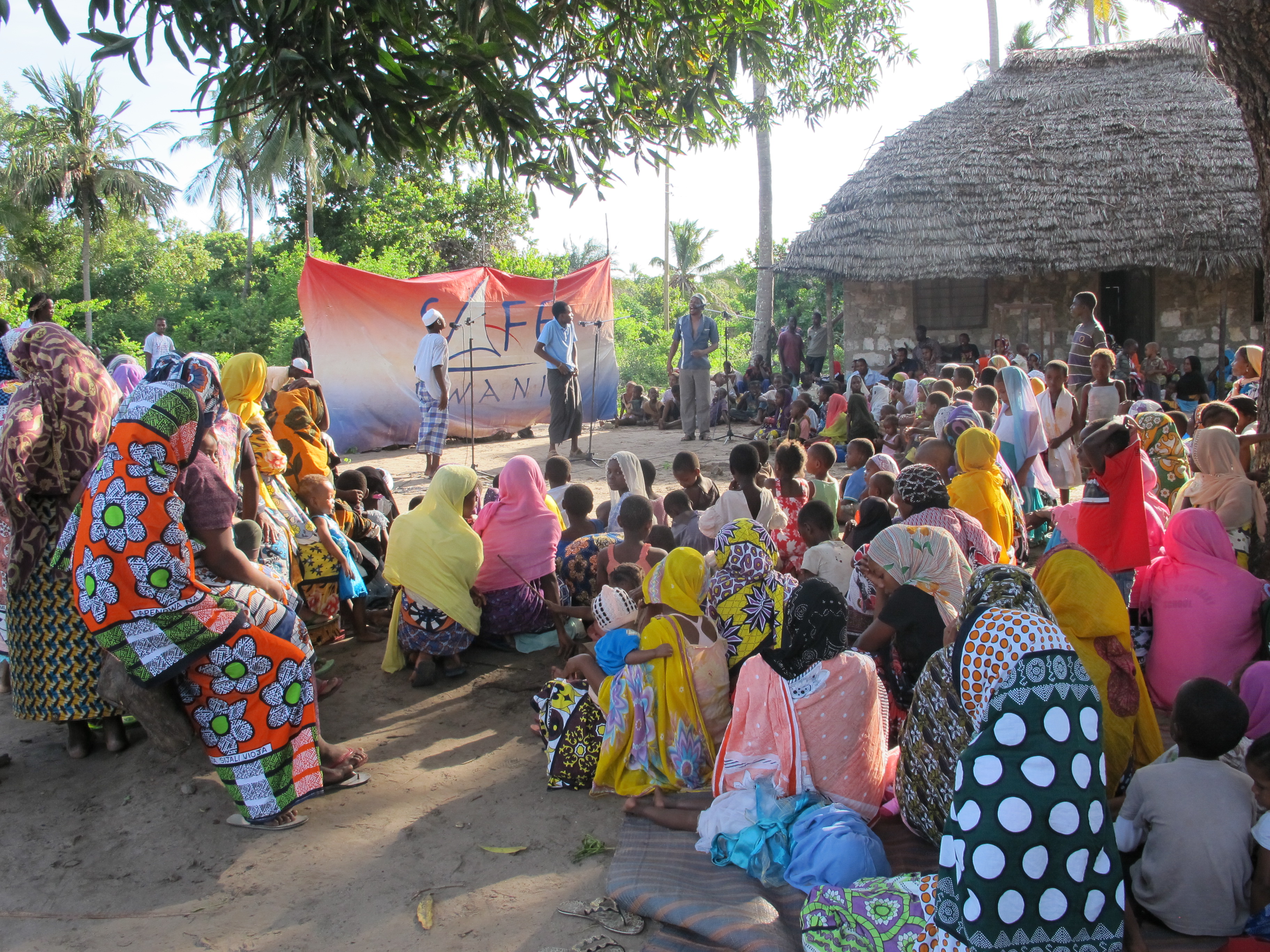Editors’ note: This opinion piece has been adapted from the plenary given by the author at the Resilience Frontiers conference in Stockholm, Sweden, on 21 August 2017.
In the past decade, I have observed the growing engagement of the social sciences with social-ecological systems – what researchers tend to call SES – and resilience thinking. In other words, researchers who typically focus on humans and their social systems have increasingly turned their attention to how people and the societies they create interact with, depend on, and are placed within the environment. That shift has brought important insights, for example, in exploring the role of different kinds of knowledge, different ways of thinking about and living in social-ecological systems.
Emphasising the “social” has highlighted the critical role of values, worldviews, discourse, narratives, mindsets, and social norms. Most recently, this added lens has brought to light the role of emotions and identities in moulding the bonds between people and place, and the interactions and connections between the social and the ecological in a social-ecological system.

The social-ecological system: the economy is embedded in societal system; these are in turn supported by and must exist within nature. Illustration: E. Wikander/Azote
Reflecting on the past and looking to future research frontiers, I can sum this up as “the six Ps”. At a fundamental level, People, Poverty, Power, and Place are the four key areas of engagement of the social sciences in resilience research. I propose Perspective-taking and Practice as the two frontiers for resilience research. These last two Ps will move resilience thinking forward both theoretically and in its application.
- People and their agency
My early engagement with resilience thinking found me wanting to bring human and social aspects to the core of the study of social-ecological systems, and particularly to recognise people as critical, active actors or agents in them. My concerns about poverty and social justice led me to think about how agency determines how different social actors are able to define and effect the desirable state of a social-ecological system.
Work in this area has extended our understanding of the many capacities and abilities people have to adapt and to transform their surroundings, and how this relates to resilience in social-ecological systems. It has also highlighted different experiences and subjective understandings of resilience.
For me, this has especially been achieved in work showing how adaptive capacity is much more than having a set of assets and infrastructure at hand. People’s adaptive capacity is intrinsically related to their sense of self-efficacy, their shared identities, and their motivation to change. I and my colleagues examined this empirically across countries in the western Indian Ocean.1 1. Cinner, J.E., McClanahan, T.R., Graham, N.A.J., Daw, T.M., Maina, J., Stead, S.M., Wamukota, A., Brown, K., Bodin, Ö., 2012. Vulnerability of coastal communities to key impacts of climate change on coral reef fisheries. Global Environmental Change. 22(1):12-20. DOI: 10.1016/j.gloenvcha.2011.09.018 See all references We wanted to evaluate people’s adaptive capacity, together with ecosystem sensitivity and environmental exposure, to better understand their vulnerabilities. This understanding might help to identify different policy options to support coral-reef communities to respond effectively to climate change.
- Poverty and development
Resilience is now “mainstreamed” in international development discourses and policy – and this is articulated in the Sustainable Development Goals (SDGs) agreed to by 193 countries nearly two years ago. Indeed, this was the overarching theme of the Resilience 2014 conference held in Montpelier. And the SDGs continue to engage us today, at the Resilience 2017 conference and in many aspects of resilience-related work.
But we still need to be vigilant that resilience is not being used simply as a buzzword, or focused narrowly only on recovery from extreme events or disasters, or even promoting “business as usual” development.
Thinking about the six Ps is a start in developing deeper insights into social processes
Resilience thinking and concepts have had important impacts on development studies and development policy. It expands our understanding of the dynamics of poverty, for example: it has changed how we conceptualise and theorise about poverty and social-ecological traps. It has illuminated the role of shocks and interacting multiple stressors in keeping people in poverty, and helped to identify possibilities for transformational development in the face of profound global change and upheavals.
Conversely, development scholarship has influenced social-ecological systems resilience research. It has helped in strengthening analysis of social justice, recognising social difference including gender-related issues, and applying multidimensional well-being concepts.
- Power, politics, and protest
An exciting vein of work in social-ecological systems resilience research has emerged, examining the power and politics of resilience. This work rises to the challenge of situating resilience analysis within contemporary theoretical and conceptual understandings of power. That means addressing fundamental and critical questions around the who, what, how, and where of resilience.
Social scientists clearly view power as critically important in shaping how society works and how change comes about. But an interesting definition in The Power, a recent novel by Naomi Alderman, presents a fictionalised “archaeological” description of power:
The shape of power is always the same: it is infinite, it is complex, it is forever branching. While it is alive like a tree, it is growing; while it contains itself, it is a multitude … the closer you look the more various it becomes. However complex you think it is, it is more complex than that.
To me, that seems to fit well with resilience thinking.
I’m especially interested in the relationship between resistance and resilience, where resistance refers to the ability or capacity of people to withstand external forces and to actually shape their own strategies. Resistance implies strength, self-determination, agency, and power. It’s very often what people talk about when I ask them about resilience.
As I have explained in my recent book, Resilience, Development and Global Change, resistance may indeed be a potential site for change and the means through which people challenge social processes and structures and build alternatives – perhaps even bringing about transformative change. The contemporary significance of this is clear: resistance may be an important disruptor to the system, a source of transformation, and opportunity for change.
- Place
My fourth P is Place, which has emerged as a really strong focus of research in social-ecological systems’ resilience. The results of this research show how significant the different attachments to, and meanings of, place are in contexts of rapid change and uncertainty, and how they might or might not contribute towards resilience.
Recently, Vanessa Masterson and her colleagues, in a paper in Ecology and Society, summarised research in this field and its significance for social-ecological systems resilience very succinctly.2 2. Masterson, V. A., Stedman, R. C., Enqvist, J., Tengö, M., Giusti, M., Wahl, D., Svedin, U., 2017. The contribution of sense of place to social-ecological systems research: a review and research agenda. Ecology and Society 22(1):49. DOI: 10.5751/ES-08872-220149 See all references For example, Masterson’s work in South Africa explores the role of the meaning of place in rapidly changing and highly uncertain places with high mobility.3 3. Masterson, V. A. 2016. Sense of place and culture in the landscape of home: understanding social-ecological dynamics on the Wild Coast, South Africa. Dissertation. Stockholm Resilience Centre, Stockholm University, Sweden. Download here See all references She recounts many stories, among them a woman who has moved to the slums of an urban centre to make a better living, and yet returns home to familiar landscapes and rituals – embodied by her homeland’s animal corrals. Masterson’s findings provide important insights into how places and livelihoods and political regimes change, but certain place meanings retain powerful cultural significance.

 12 MIN READ / 1864 WORDS
12 MIN READ / 1864 WORDS

